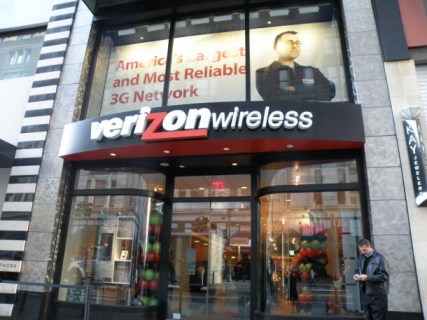 Android is coming on strong as the OS of choice for many device makers in the smartphone world. Many consumers are also flocking to carriers that offer Android devices. The Motorola Droid launched officially on Verizon recently and the first weekend sales estimates are in.
Android is coming on strong as the OS of choice for many device makers in the smartphone world. Many consumers are also flocking to carriers that offer Android devices. The Motorola Droid launched officially on Verizon recently and the first weekend sales estimates are in.
Bloomberg reports that Motorola moved about 100,000 Droid phones the first weekend it was available. Verizon Wireless reportedly had about 200,000 Droids on hand and stores sold about half their stock on opening weekend. Analysts predict that Motorola will sell a million phones that run Android, counting the Droid and others, in Q4 2009.
Predictions have Motorola selling about 10 million Android phones in 2010. The Droid is competing against the iPhone for market dominance and is hailed by many as one of the fittest challengers to the Apple device yet. Still, the launch of the Droid was nothing compared to the massive launch of the iPhone.
Analyst Jim Suva from Citigroup said, “It wasn’t as good as the iPhone, but anybody that was expecting that had their expectations too high.” Suva recommends buying Motorola shares.
The Droid sells for $199.99 after a $100 mail-in rebate making it more expensive than the 16GB iPhone 3GS which can be had for $199 with no rebate required. However, the iPhone is hamstrung by a notoriously shoddy AT&T 3G network that results in significant amounts of dropped calls and patchy 3G connectivity in even the largest cities.
Analyst Mark McKechnie said, “I see the first few days as encouraging. There seems to be pretty good demand — they’ve taken the right steps and picked a good partner with Google on the Android side.”
Not all analysts are convinced that the Droid or Android-powered devices in general will resonate with shoppers. Tero Kuittinen told Bloomberg, “I have this nagging suspicion that Android is being overestimated by technology enthusiasts.” He is advising investors to sell Motorola shares.


